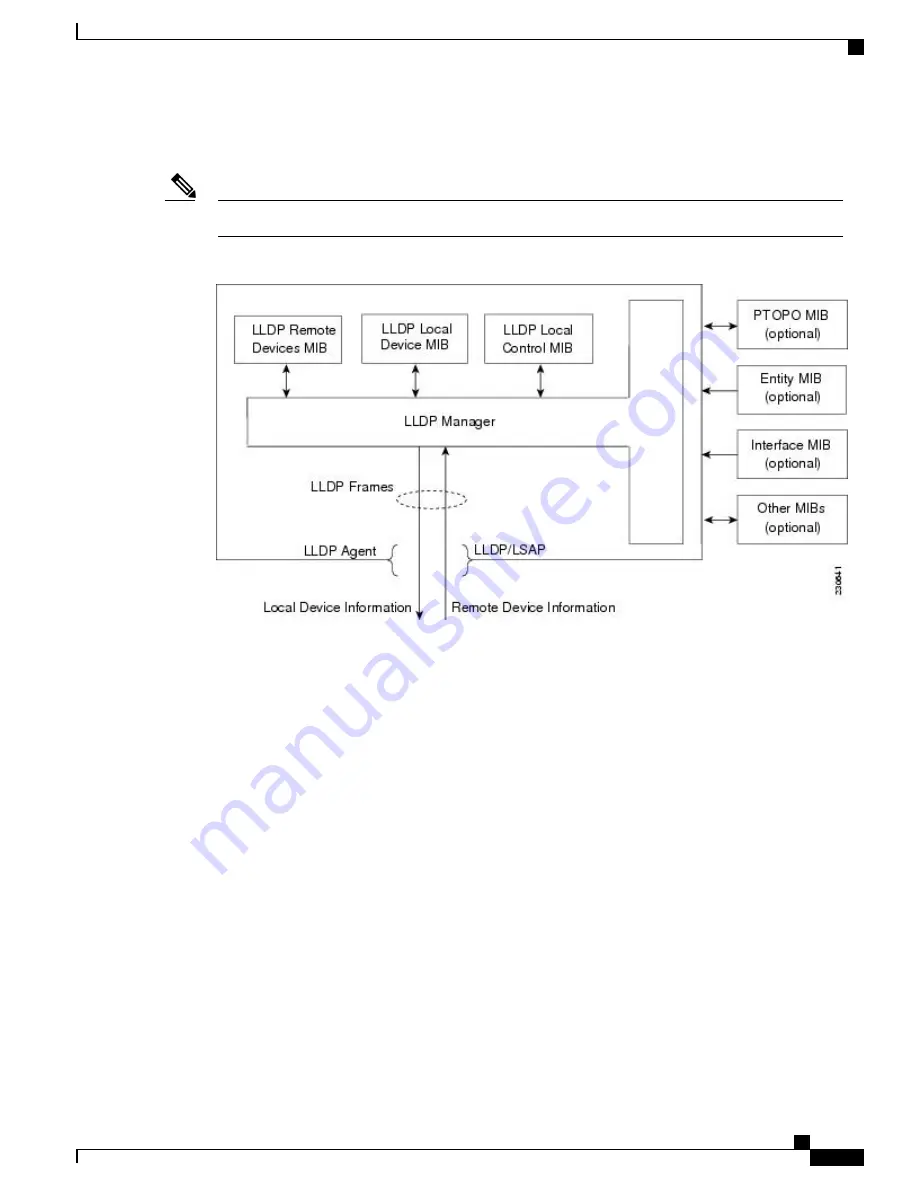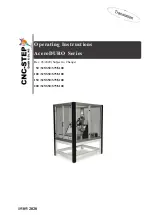
include network topology discovery, inventory management, emergency services, VLAN assignment, and
inline power supply.
LLDP and Cisco Discovery Protocol can operate on the same interface.
Note
The figure below shows a high-level view of LLDP operating in a network node.
When you configure LLDP or Cisco Discovery Protocol location information on a per-port basis, remote
devices can send Cisco medianet location information to the switch. For more information, see the
Using
Cisco Discovery Protocol module.
LLDP-MED
LLDP-MED operates between several classes of network equipment such as IP phones, conference bridges,
and network connectivity devices such as routers and switches. By default, a network connectivity device
sends out only LLDP packets until it receives LLDP-MED packets from an endpoint device. The network
device then sends out LLDP-MED packets until the remote device to which it is connected ceases to be
LLDP-MED capable.
Classes of Endpoints
LLDP-MED network connectivity devices provide IEEE 802 network access to LLDP-MED endpoints.
LLDP-MED supports the following three classes of endpoints:
•
Generic (class 1)
—
Basic participant endpoints; for example, IP communications controllers.
•
Media (class 2)
—
Endpoints that support media streams; for example, media gateways and conference
bridges.
Carrier Ethernet Configuration Guide (Cisco ASR 920 Series)
329
Using Link Layer Discovery Protocol in Multivendor Networks
LLDP-MED
















































